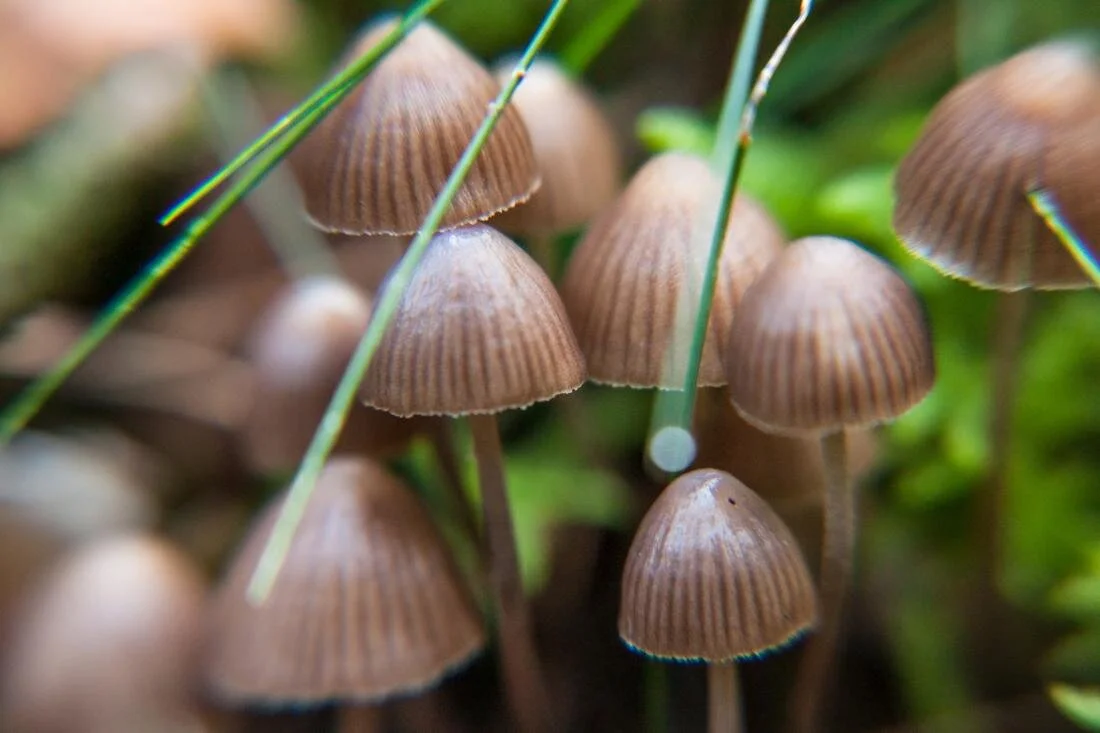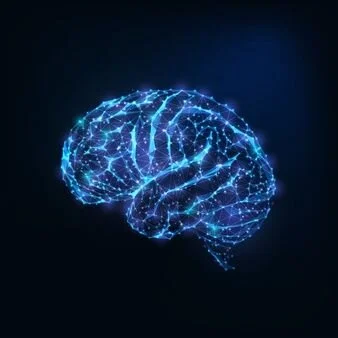Migraines: The Puzzle Pieces We’re Still Missing
/As I prepared to begin my investigation on this neurological condition, I felt a pulsating pain start in my left temple and my vision blurred, immersing me into the reality of this disabling condition. Migraines are a neurological disorder that result in intense headaches that last from four hours to up to three days, affecting about 12% of the population (Burch et. al. 2019). One hypothesis of the cause of migraines is an increase in the levels of cortisol, a stress hormone released by the adrenal gland, increases stress levels particularly in the morning and affects the body’s metabolism, causing an increase in blood pressure and migraine attacks. There is strong evidence of sleep disruptions and disorders being associated with the frequency and severity of migraines in sufferers. Data shows that migraine-sufferers are three times more likely to have insomnia and sleep-related disorders than a non-migraine sufferer, indicating a bidirectional relationship between the two (Amiri et. al. 2022).
Read More









